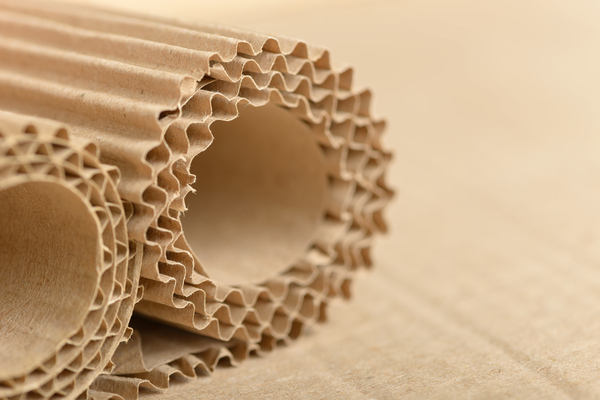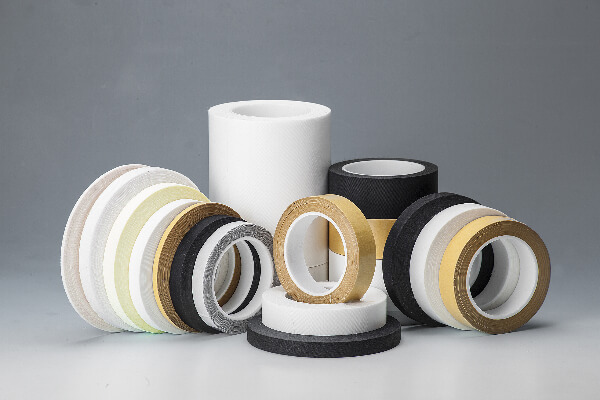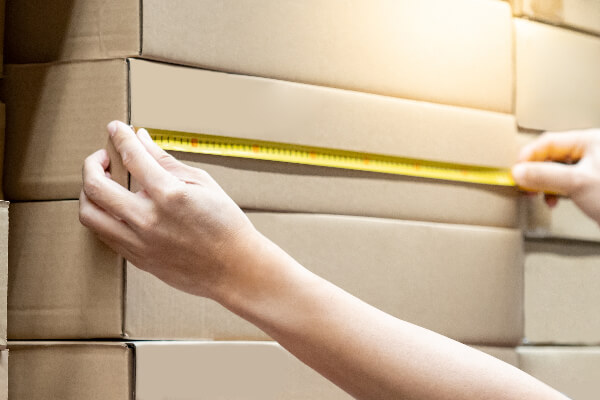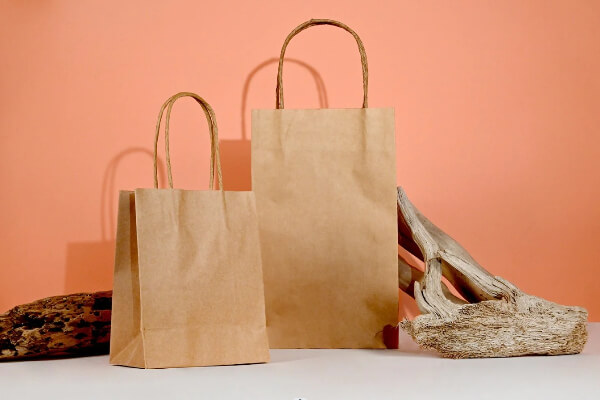The packaging box is a frequently used packaging material in the process of product sales and transportation. So, how many types of packaging boxes are there, and what are their characteristics? We hope that through our article, you can gain a deeper understanding of these questions.
Classified by Retail Packaging
Retail packaging is a crucial material in product sales. It not only safeguards the products but also aids brand promotion through customized printing on the packaging. Packaging boxes, based on their applications in retail packaging, can be categorized into various types:
Folding Cartons
The folding carton is the most commonly used packaging box in retail, and it has the following characteristics:
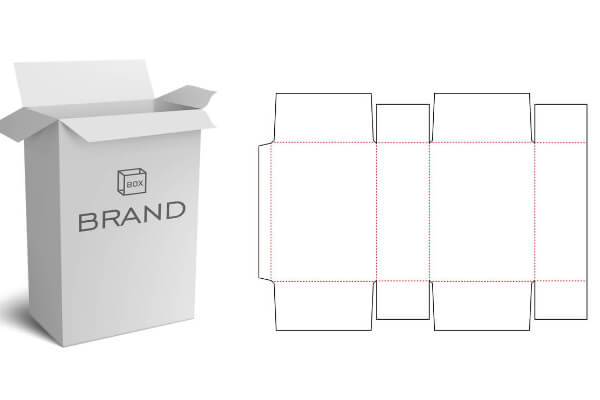
Low Processing Costs
Folding carton use paper materials, making their raw material costs lower compared to boxes made from other materials. Additionally, the production process for folding paper boxes is simple, requiring neither expensive equipment nor intricate processing techniques, resulting in relatively lower production costs.
Convenient Storage and Transportation
Folding carton can be flattened into a flat shape when not in use, making storage exceptionally space-efficient. Businesses can store and transport a maximum number of folding paper boxes in minimal space.
Easy Assembly
The design of folding carton allows users to assemble them without the need for additional adhesives, providing great convenience to users.
Rigid Boxes
Rigid boxes are another common type of packaging with the following features:
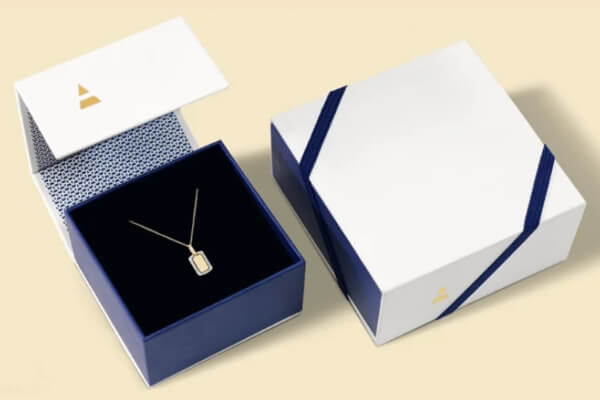
Sturdy and Durable
Rigid boxes are typically made from materials such as corrugated paper and white card paper, known for their high durability. As a result, rigid boxes are more robust, capable of withstanding greater impact during transportation, providing better protection for the contents inside the box.
Exquisite Appearance
Rigid boxes are crafted using high-quality paper and often involve advanced printing and decorative techniques. As a result, these boxes boast an exquisite and sophisticated appearance, making them highly tactile and suitable for packaging luxury items or serving as gift boxes.
Drawer Boxes
A drawer box is also a common type of packaging in the retail sector, typically consisting of a box body and a drawer. It features the following characteristics:
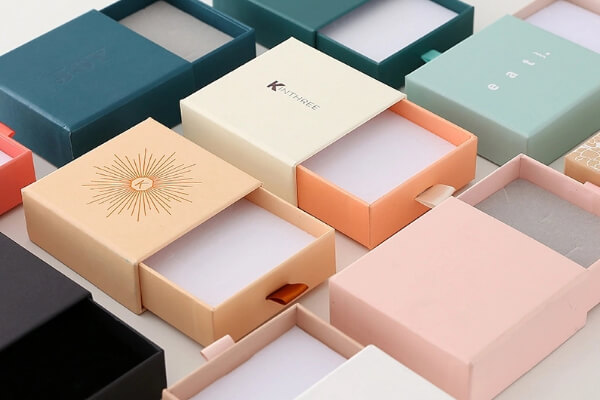
Convenient to Use
Due to its sliding structure, the drawer in a drawer box can be effortlessly pushed in or pulled out, making it incredibly convenient both during assembly by manufacturers and when users retrieve items.
Sturdy and Durable
Similar to rigid boxes, drawer boxes are crafted from materials known for their high durability, ensuring effective protection of the items inside the box.
Versatile Accessories
Drawer boxes can be combined with various accessories such as slots, dividers, trays, etc. This enhances the flexibility of the internal space, making it easier to categorize items within the drawer.
High Reusability
Due to the aforementioned characteristics of drawer boxes, along with their stylish design, they are often repurposed as storage containers for small items like earrings and necklaces. This kind of reuse helps minimize resource waste and contributes to environmental conservation.
Gable Boxes
Gable boxes typically have a triangular-shaped top, resembling a small mountain and featuring distinctive aesthetics. Here are some of their key characteristics:

Easy to Carry
Gable boxes typically come with handles, allowing them to be easily carried without the need for a bag. This design reduces the steps involved in packing and unpacking, and its convenience is well demonstrated when used as a takeout box.
Easy to Assemble
Gable boxes are a type of folding carton, which means they share the characteristic of being easy to assemble, similar to folding paper boxes. No glue is required; simple interlocking is sufficient for assembly.
Eye-Catching
The distinctive design of the gable box sets it apart among various packaging options, making it stand out and capturing the attention of consumers more easily towards your products.
Hexagon Boxes
The hexagonal box, with its hexagonal design, stands out compared to traditional square boxes, offering a more distinctive appearance that captures people’s attention.
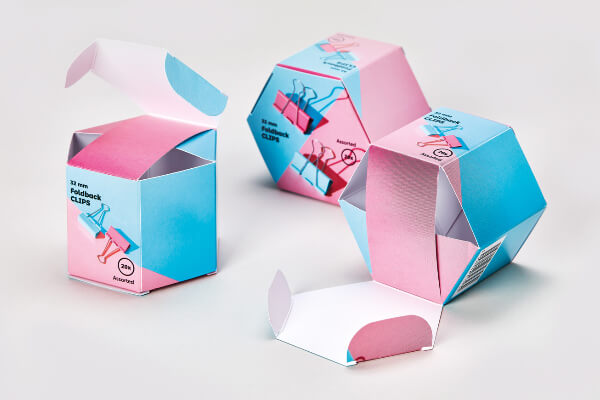
Display Boxes
The primary purpose of a display box is to showcase products during the sales process. Commonly, display boxes come in paper and acrylic materials. Let’s take a look at the characteristics of these two types of display boxes:
Paper Display Box
The paper display box serves the purpose of showcasing and displaying products effectively. It features at least one side that is not fully covered by cardboard, allowing you to view the displayed items from four directions and easily access the products. Paper display boxes are convenient to use, cost-effective, and widely applied in many supermarkets and retail stores.
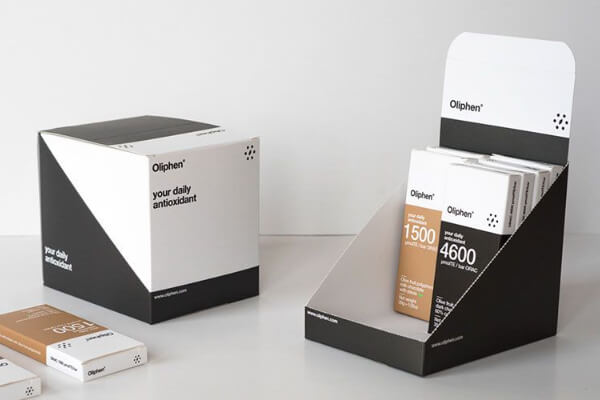
Acrylic Display Box
The acrylic display box is crafted from transparent acrylic material, allowing a clear view of the details of the showcased items. Acrylic is a sturdy material, providing protection against handling and potential damage while still showcasing the items effectively. It is often used to display valuable items such as trendy toys, models, and other collectibles.

Tuck-Top Boxes
Tuck-Top Boxes are a common type of paper box with a folding structure at the top, making it easy to open and close effortlessly. This convenience has led to widespread use in retail packaging. However, due to its easy accessibility, Tuck-Top Boxes may not be the best choice if your packaged items require a high level of sealability.
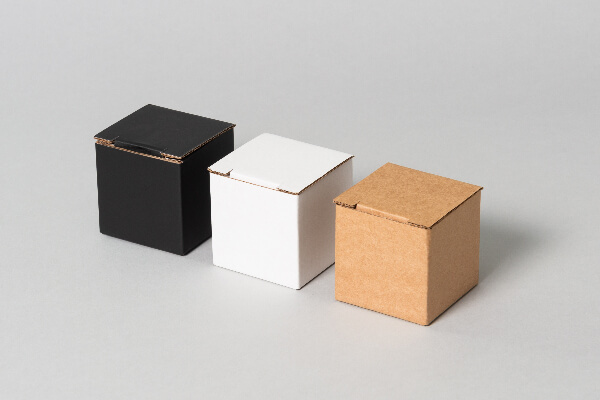
Window Boxes
Window Boxes feature a transparent window design, allowing you to see the product without opening the box and providing more details about the item. This unique design enhances the product’s appeal, making it easier for consumers to develop a desire to purchase.
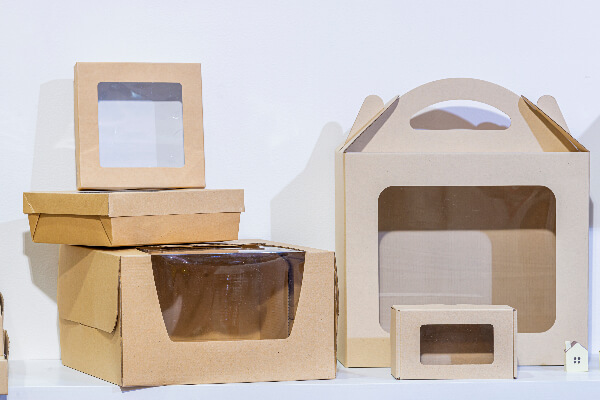
Shipping and Transport
Transportation is another crucial application of packaging boxes, as they play a vital role in effectively protecting the items inside during transit. Depending on the material, shape, and size of the packaging box, they can be categorized into the following types during transportation:
Corrugated Box
A corrugated box is made from corrugated cardboard and is one of the most commonly used paper boxes in the transportation of goods. It possesses the following characteristics:
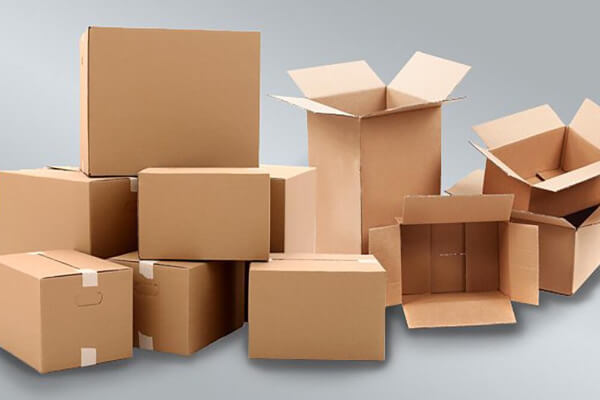
Lightweight
Corrugated cardboard is made with hollow structures, making corrugated boxes lighter than those made from other materials. This lightweight quality enhances convenience during transportation. Moreover, when using corrugated boxes with the same load capacity, vehicles can carry more goods, resulting in cost savings in transportation to some extent.
Sturdy and Durable
The unique structure of corrugated boxes makes them exceptionally sturdy. The wavy pattern of corrugated cardboard provides superior impact resistance, effectively minimizing damage to the items inside during long-distance transportation caused by bumps and knocks.
Diverse Models
Corrugated boxes come in various models to accommodate items of different sizes and shapes. You can choose the most suitable corrugated box model based on the characteristics of your transported items and your budget, ensuring the best cost-effectiveness.
Mailer Boxes
Mailer boxes are commonly used packaging boxes in e-commerce sales. Compared to corrugated boxes, they have a smaller volume. Businesses often print their brand logo on them to enhance brand visibility. They have the following characteristics:
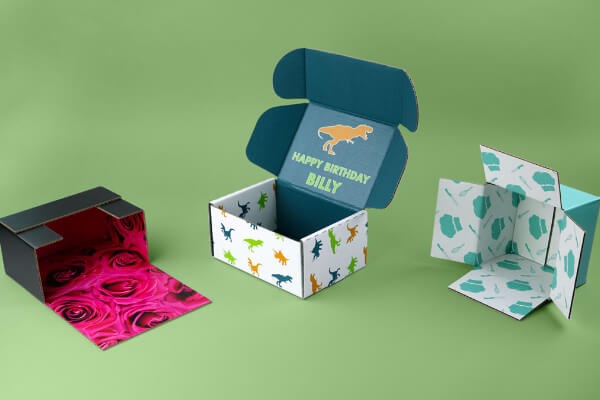
Easy to Open and Close
Mailer boxes utilize a special closure technique that allows them to seal securely without the need for glue, preventing items from scattering during transportation. However, when you receive a delivery and attempt to open it, you’ll find that opening it is surprisingly easy. A little force at the right spot, and the entire mailer box effortlessly opens. This closure method makes it highly favored by both businesses and consumers.
Compact and Lightweight
Mailer boxes are commonly used to transport smaller items such as books or mobile phones. The boxes designed to contain these items are usually made compact and lightweight, making transportation more convenient.
Telescoping Boxes
A telescoping box is formed by nesting two parts together. Its most notable feature is the ability to adjust the box’s length, thereby altering its volume. Here are its key characteristics:
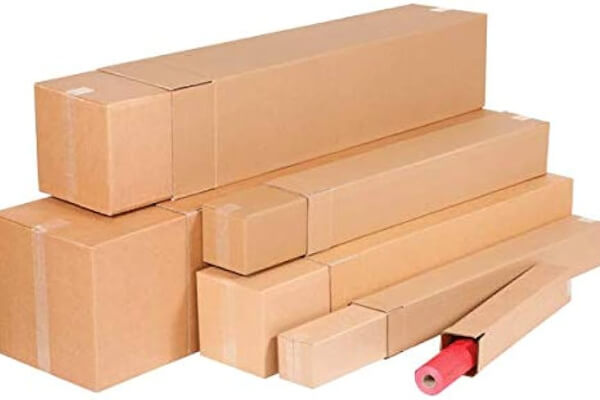
Easy Assembly
The structure of the expandable box is simple, making it exceptionally convenient when packing items and significantly improving packaging efficiency.
Double Protection
Compared to traditional transportation boxes, telescoping boxes provide a double layer of protection for items, reducing the potential damage that goods may experience under extreme shipping conditions.
Mailing Tubes
Mailing tubes are cylindrical packaging containers commonly used for transporting longer items. With a sturdy construction that resists deformation under pressure, they are typically employed for shipping delicate paper items like posters and maps that cannot be folded. In addition to their durable build, some mailing tubes undergo waterproof treatment, offering enhanced protection for items vulnerable to moisture.

Specialized Packaging
Beyond the commonly mentioned types of packaging boxes, there are also specialized boxes designed for specific packaging needs. Let me provide a brief overview of them:
Pizza Boxes
Pizza boxes are a commonly encountered type of packaging. They are usually square or rectangular, with dimensions tailored to accommodate the size of the pizza. Given their purpose of containing pizzas, they exhibit the following characteristics:

Sturdy Material
To prevent pizzas from being crushed during transportation, pizza boxes are typically made from corrugated cardboard. This choice makes them lightweight while providing sufficient strength.
Heat Resistant
Freshly baked pizzas are served at high temperatures, so pizza boxes need to withstand heat without getting damaged. Additionally, for food safety, pizza boxes must ensure they do not emit harmful gases when exposed to high temperatures.
Breathable
The steam generated by the pizza inside the box, if not allowed to escape, can accumulate on the pizza’s surface, affecting its texture. Therefore, a good pizza box must be breathable, allowing steam to dissipate smoothly.
Oil Absorption
Inside a pizza box, there is typically an oil-absorbing layer designed to soak up grease from the pizza’s surface, preserving the pizza’s texture.
Pillow Boxes
Pillow boxes have a curved shape resembling a pillow, creating a three-dimensional and eye-catching appearance. They are often used as gift boxes, adding an element of surprise for the recipients.

Book-style Boxes
Book-style boxes resemble books with a cover, spine, and edges. They can be opened like a book, revealing the items inside. These boxes often use a magnetic closure, adding to the overall sophistication with their book-like appearance. Due to their clever design, they are commonly used as gift boxes. Just imagine the delight of receiving a gift packaged in a beautifully crafted box that resembles a book.
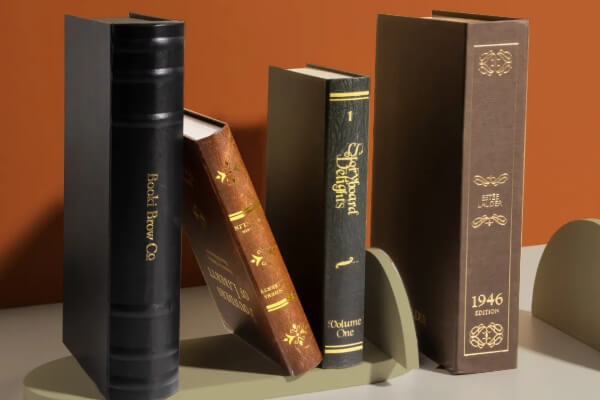
Candy Boxes
Candy boxes are commonly used to hold candies and come in various shapes, including circles, squares, and triangles, with different sizes available. These boxes are often employed for birthdays, holidays, or other celebratory occasions. As a result, their designs are festive, creating a joyful atmosphere while serving the functional purpose of holding candies.
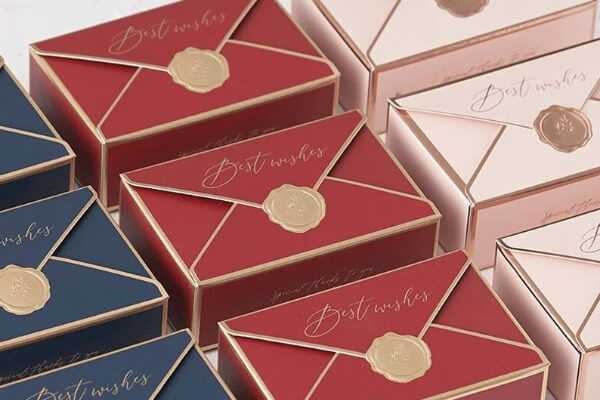
Archive Boxes
Archive boxes are primarily used for organizing and storing files. To ensure better protection for documents, the paper used to make them needs to be sturdy and resilient. Some archive boxes also have a degree of acid and alkali resistance, preventing documents inside from being affected by chemical substances and allowing for longer preservation. Additionally, for convenient future reference, document boxes feature areas on the cover and spine to record information such as the content and date of the files, enhancing the organization of archived documents.
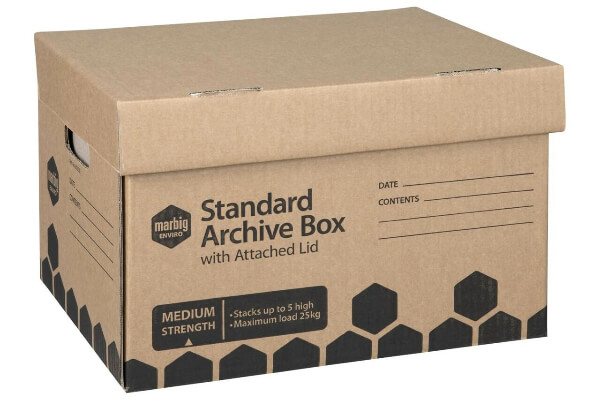
Conclusion
We hope that the above information has provided you with a more comprehensive understanding of the classification of packaging boxes, aiding you in selecting the right packaging for your needs in the future. If you have any questions about choosing packaging boxes, feel free to contact us at ReanPackaging. Our product experts will be happy to assist you promptly.
More Resources:
Common Types of Boxes – Source: howtobuypackaging
Box– Source: wikipedia
